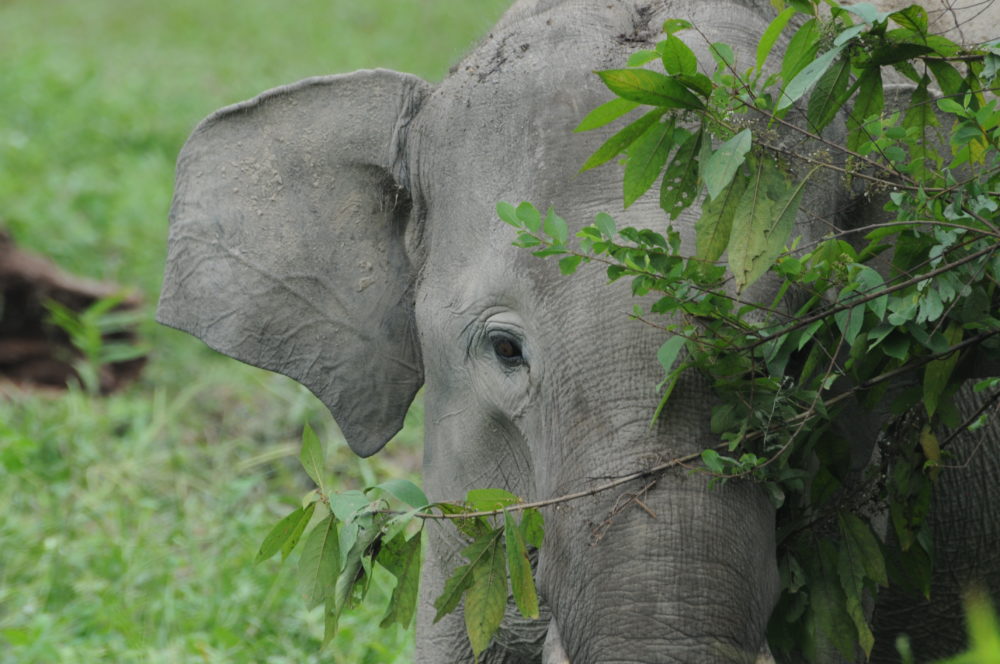Asian elephants in a human dominated landscape

Right of Passage: Mitigating human-elephant hostility and creating a secure migratory corridor for elephants in West Bengal, India.
In last 5 years the elephant population increased in South West Bengal by 61%. This has, therefore, extended their home range in a human dominated landscape. These elephants are part of Eastern India population and are facing a high level of conflict in human-dominated landscape. It is very much essential to restore the degraded habitat and secure the existing corridors for free passage as this is the only elephant reserve for the Eastern India.
The Problem
At the project site, the ‘Mayurjharna Elephant Reserve’, elephant numbers are booming. Unfortunately as numbers of our largest animal increases so does the level of conflict with people living in the region. The elephants need more space, so they have extended their home range into the neighbouring human-dominated landscape. These elephants are sub-divided into several smaller groups which makes managing the situation, ‘Human Elephant Conflict’, even more challenging.
The elephants’ habitat in this region is highly fragmented. It consists of a mosaic of forest patches, villages and agricultural fields with several physical barriers created by villagers or forest department which puts this long-ranging species in high-stress conditions and accelerates ‘conflict’. Tragically the conflicts sometimes result in the death of elephants. Elephants have been killed by electrocution, poison or accidentally.
The Solution
Samya Bassu is leading a dedicated team who will work with the people living in villages within the elephants’ migration corridor to mitigate conflict, plan which areas of forest need restoration, and put in place conflict mitigation measures to secure the safe passage to elephants.
The most vital part of the project is a year-long Conservation Education and Community Capacity Building programme. Only by working with people, listening to them and working with them, can we reduce the retaliatory killing of elephants. the aim of the project is to bring about change in the community’s attitude and adoption of the suggested conflict mitigation measures, leading to secure passages for our migrating elephants.
